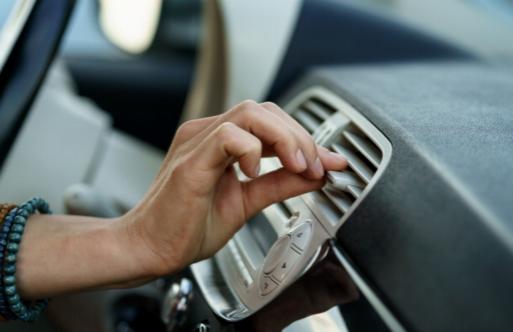Windscreen Repair Kits: The Key to Preventing Windscreen Damage
22 March 2025 by Ethel S.Your vehicle's windscreen plays a crucial role in providing safety and ensuring clear visibility while driving. However, it is also one of the most vulnerable car parts, susceptible to damage from various sources. From small chips and cracks to large fractures, windscreen damage can compromise the integrity of the glass and pose significant risks to the driver and passengers. In this article, we will explore the importance of understanding windscreen damage and its consequences, as well as the role of windscreen repair kits in preventing and addressing such damage. Whether you are considering a DIY approach or seeking professional services, it is essential to select the right repair kit and understand the steps involved in maintaining and protecting your windscreen post-repair. Additionally, we will delve into advanced repair technologies and future trends in windscreen repair, providing insights into the latest innovations in maintaining the safety and integrity of your vehicle's windscreen.

Understanding Windscreen Damage and Its Consequences
The windscreen of a vehicle is a critical component that provides protection to the driver and passengers from the elements, as well as maintaining the structural integrity of the vehicle. However, windscreen damage is a common occurrence that can result from various causes such as flying debris, extreme weather conditions, or accidents. Understanding the nature of windscreen damage and its consequences is essential for maintaining the safety and functionality of a vehicle. Windscreen damage can range from minor chips and cracks to more severe structural damage, and if left unaddressed, it can compromise the safety of the vehicle and its occupants. Minor damage may seem harmless at first, but it can quickly escalate into larger cracks that impair visibility and weaken the structural integrity of the windscreen. In the event of a collision, a compromised windscreen can shatter and lead to serious injuries or fatalities. Therefore, it is crucial for vehicle owners to promptly address any signs of windscreen damage to prevent further deterioration and ensure the safety of their vehicle.Selecting the Right Windscreen Repair Kit
When it comes to selecting the right windscreen repair kit, it's important to consider the type and extent of the damage to your windscreen. There are various types of repair kits available in the market, each designed to address different types of damage such as cracks, chips, and bullseyes. It's crucial to carefully assess the damage to your windscreen and choose a repair kit that is suitable for the specific type of damage you are dealing with. Additionally, consider factors such as ease of use, quality of materials, and effectiveness of the repair kit before making a purchase.DIY Windscreen Repair: Step-by-Step Guide
When it comes to minor windscreen damage, DIY repair can be a cost-effective and convenient option. However, it's important to follow the proper steps to ensure a successful repair. Here's a step-by-step guide to DIY windscreen repair:1. Assess the Damage: Before starting the repair process, thoroughly inspect the windscreen to determine the extent of the damage. Minor chips and cracks that are smaller than a quarter can usually be repaired using a DIY kit.
2. Clean the Windscreen: Use a glass cleaner to thoroughly clean the damaged area and remove any dirt or debris. Allow the area to dry completely before proceeding with the repair.
3. Prepare the Repair Kit: Follow the instructions provided with the repair kit to prepare the resin and applicator. Most repair kits come with a syringe-like applicator and clear resin that is designed to fill in the damaged area.
4. Apply the Resin: Carefully place the applicator over the damaged area and fill it with the resin according to the kit's instructions. The resin will fill in the chip or crack and create a strong bond to reinforce the windscreen.
5. Allow the Resin to Cure: Once the damaged area is filled with resin, cover it with a curing strip and allow it to dry under direct sunlight. The UV rays will help the resin to harden and create a strong, durable repair.
6. Remove Excess Resin: After the resin has cured, carefully remove the curing strip and use a razor blade to scrape off any excess resin. Clean the area with glass cleaner to ensure a smooth finish.
7. Test the Repair: Once the repair is complete, carefully inspect the windscreen to ensure that the damaged area is fully healed. If done correctly, the chip or crack should be significantly less visible and the windscreen should be structurally sound. By following these step-by-step instructions, you can effectively repair minor windscreen damage on your own. However, it's important to note that DIY repair may not be suitable for larger or more severe damage, in which case professional windscreen repair services should be sought.